
Introduction
While lead generation isn’t difficult, not every lead you generate converts into revenue. That’s where demand generation marketing comes into the picture.
According to the Demand Generation Benchmark Survey Report 2021, 62% of marketers are now focusing on lead quality over lead quantity. They find contacts of the right people and create interest in their company and products so as to improve their conversion rates and marketing ROI.
Here’s how demand generation marketing works for companies (including tech startups):
- Step 1: You generate leads using SEO, email campaigns, Google Ads, webinars, social media, guest posting, influencer collaborations, and other demand generation marketing strategies.
- Step 2: You identify and qualify prospective customers using lead scoring methods to select prospects who are actually interested in your products and services. Then, pass those leads to the lead nurturing team.
- Step 3: You should align your sales and marketing team to engage qualified leads across touchpoints and make the most out of all conversion opportunities.
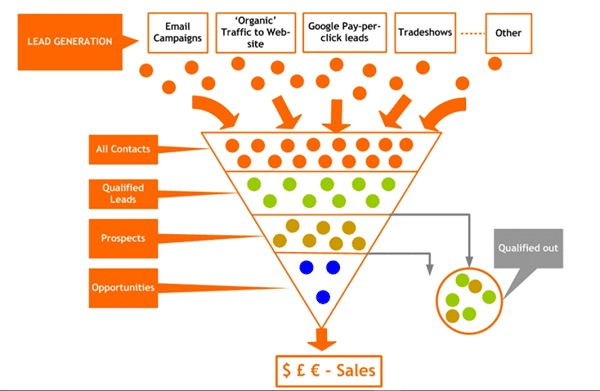
Source: Wordstream
That’s how demand generation marketing helps you find and qualify leads. Then, nurture and convert high-quality leads into loyal customers of your tech startup. Basically, it helps you generate more results from your marketing funnel.
Still unsure if crafting a demand generation strategy is worth it?
Let’s take a look at some of the benefits it offers.
What Can Demand Generation Marketing Do for Your Tech Company?
Adopting a data-driven demand generation marketing strategy for your tech startup can do wonders. It can help you:
- Generate better, qualified leads.
- Identify sales opportunities.
- Reduce the cost of converting leads into customers and retaining them.
- Increase awareness about your tech products and services.
- Differentiate your tech startup from other companies (your competitors).
- Strengthen prospect relationships.
Check out this
demand generation guide to learn more.
6 Effective Demand Generation Marketing Strategies for Your Tech Startup
Let’s take a look at some of the most effective demand generation marketing strategies that can help you grow your tech startup.
1. Create Relevant and Valuable Content
The best way to reach out to your target consumers is to create content that is relevant and valuable to them. You can create:
- “How-to” guides
- Explainer videos
- Demo videos to show how your product works
- Case studies that showcase great results
- Product comparison post (highlight what makes your product better than that of your competitor)
- Whitepapers
- Reports
- Worksheets
- Planners
- Infographics
Keep this content gated so that it can help you build an email list for your next campaign.
For example, HubSpot has a dedicated section for business and marketing resources (guides, ebooks, tools, etc.).
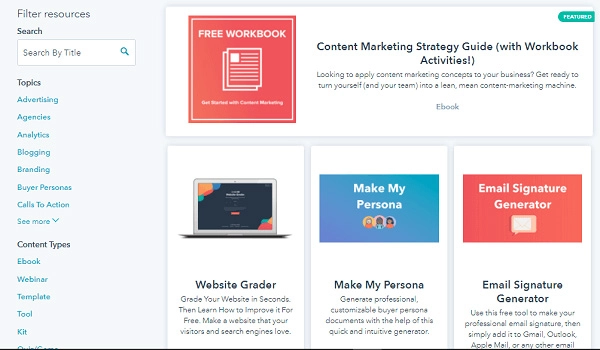
Source: Hubspot
Most of them are gated content. To access them, you need to fill out your business details including name, email address, phone number, website URL, and company name.
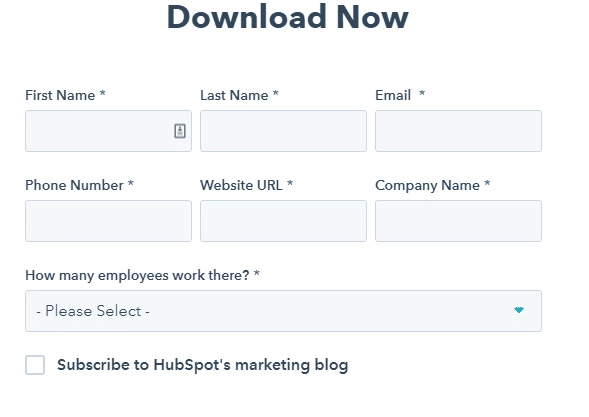
Isn’t that a lot of information?
Imagine collecting the same kind of information about your potential buyers. That will certainly bring you one step closer to demand generation and conversions.
However, creating valuable gated content isn’t enough. You will have to think of ways to promote it and amplify its reach. Leverage guest posting, link building, social sharing, and forum posting to get more exposure for your content.
A solid content creation and amplification strategy will help you engage tech buyers with your content.
2. Offer a Free Trial, Tool, App, Service, or Resource
The best way to generate demand for your tech products or services is to offer something valuable for free.
For example: If you have built a SaaS (software as a service) product, allow users to try it free for 14 days or offer a free plan that allows users to try its basic features.
Pro tip: Keep your free trials short (a 14-day trial is enough for most tech tools). If you offer a free plan, make sure it doesn’t give all value (save some benefits for paid plan users).
Convincing users to sign up for a free trial or free plan is much easier than making them subscribe to a paid plan. And, if they really find your product useful, they are likely to upgrade to a paid plan sooner or later.
It’s a win-win situation for your tech startup. You’ll get more exposure for your product while the user will get a chance to try before they buy. All you need to do is to win their trust during the trial period.
For example, Buffer offers a free version of their tool that allows one user to schedule up to 10 posts on any three social media platforms.

Source: Buffer
However, limited posts’ publishing feature is often not enough for most social media managers, which compels them to upgrade to paid plans with greater access.
Other than free trials and free versions, you can also offer freebies such as a step-by-step checklist to do something, an ebook, extra storage space, or some additional benefit.
For example:
Sprout Social shares an annual Sprout Social Index report for brands and marketers who want to get insights and statistics about social media marketing. The free report helps them build awareness and trust and encourages viewers to try their platform.
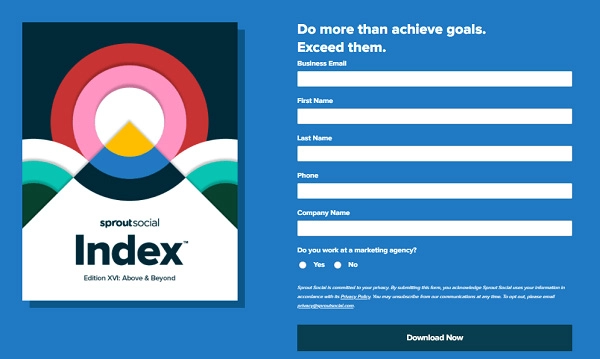
3. Host An Event
Both offline and online events can be a great source of demand generation if you choose a topic that your ideal buyers are likely to be interested in. To further create a buzz about your event, invite a trusted tech expert in your niche.
For example:
Lary Kim often invites digital marketing experts such as Rand Fishkin in his webinars to tap into new audiences and generate high-quality leads.

Source: Slideshare
Hosting a seminar, summit, webinar, or workshop can give you an opportunity to connect with your ideal buyers in real time. Address their concerns and pain points, answer their questions, and learn about what’s important to them.
4. Deploy a Chatbot On Your Website and Social Messaging Apps
Another effective demand generation marketing strategy is to leverage chatbots for conversions. They can help you engage your website visitors, offer personalized recommendations based on their browsing history, and help them move down the sales funnel.
Many food tech companies deploy bots on their social media messaging apps to allow customers to place orders and track order delivery status.
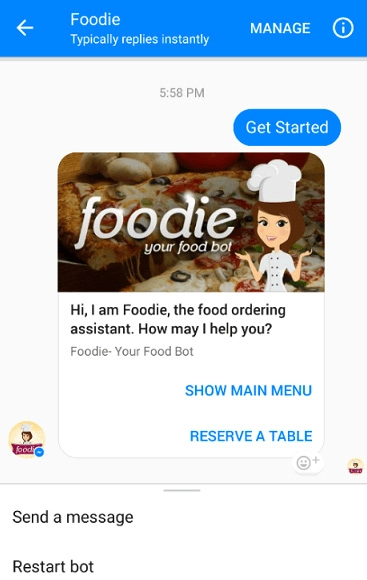
Source: Medium
5. Run Affiliate and Referral Programs
Demand generation marketing is all about creating sales-qualified leads that require minimal effort to convert. Who can help you generate such leads better than your own customers?
Yes, many tech companies run referral programs that reward customers for bringing referral sales. The reward doesn’t always need to be monetary. You can also offer discount coupons or access to advanced features as a reward.
For example, Dropbox offers extra storage to its customers for each referral they bring, which is one of the reasons behind its remarkable growth.

Source: Dropbox
Just like your existing customers, affiliates can bring you high-quality leads too. In fact, affiliate marketing is one of the most cost-effective demand generation strategies.
Want to know why? That’s because you can choose a pay-per-sale model for your affiliate program, which means you’ll only need to pay your affiliates when they bring you sales.
The online visibility management platform, Semrush, runs an affiliate program to generate qualified leads for their tool subscription and new trial activation.
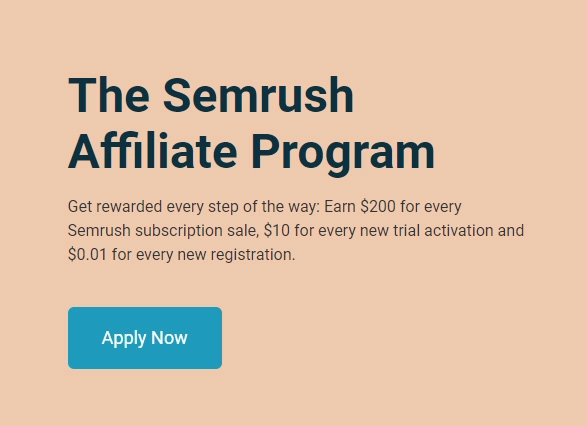
Source: BeRush
6. Retarget People Who Have Shown Interest In Your Tech Products/Services
If a prospect doesn’t convert during their first interaction with your tech startup, you shouldn’t lose hope. You can run retargeting ad campaigns through emails, Google Ads, or social media to re-engage them.
To retarget your high-value prospects effectively, you should offer:
- Good deals
- Limited period discounts
- Access to additional features
Expedia Group runs retargeting email campaigns to re-engage users who check out flights and hotel deals on their app or website.

Source: WebFX
The Next Step: Finding Demand Generation Partners
Yes, you don’t need to do it all on your own. You can find, collaborate with, or hire demand generation partners who can help you get qualified leads for your tech startup.
Wondering who your demand generation partners can be?
Here are a few options:
- Digital marketing agencies
- Demand generation agencies
- Marketing companies
- Freelance marketing professionals
- Affiliate marketers
- Bloggers
- Influencers
- Publishers
All of them can help you boost awareness about your tech products and services, generate qualified leads for your tech startup, and increase your conversion rate.
Sounds exciting, right?
Ready to Generate More Leads for Your Tech Startup?
Demand generation marketing is all about identifying high-quality leads and engaging those prospects across touchpoints to create interest. Once they’re interested in your product or service, driving conversions won’t be challenging.
Do you need help leveraging demand generation marketing for your tech startup? Connect with me in the comments below.
Our blog
Latest blog posts
Tool and strategies modern teams need to help their companies grow.

This comprehensive guide covers everything about service marketing—its unique chara...

Believe it or not, the concept of content sharing existed long before the Internet. I...

Sales analysis is essential to avoid inaccurate forecasts and identify improvement op...




